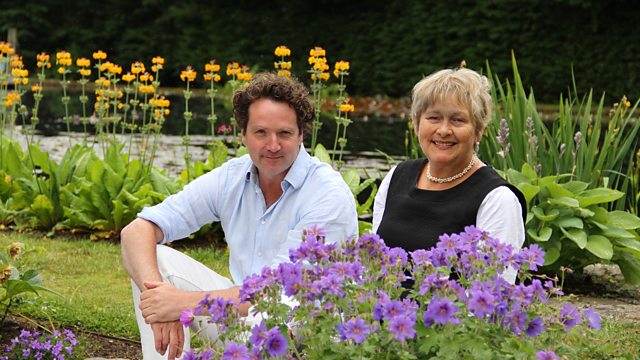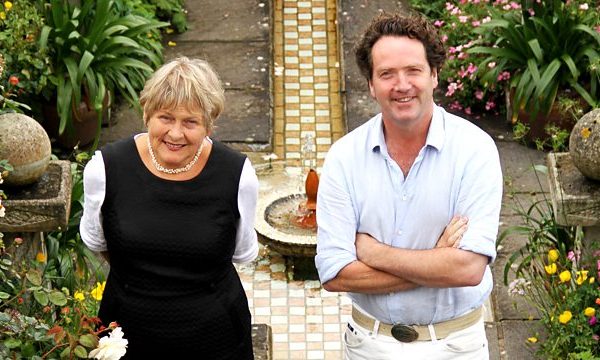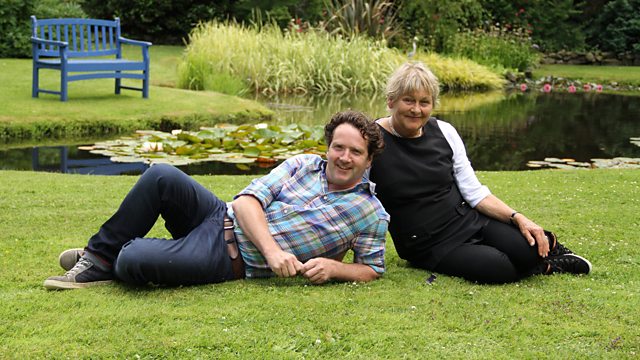Great British Garden Revival episode 4: Great British Garden Revival continues, as Britain’s top television gardening talent inspire us to the save the nation’s rich gardening heritage. In tonight’s show Rachel de Thame investigates the decline of Britain’s cut flower industry. At New Covent Garden she discovers that 90 per cent of our cut flowers are imported; she meets a man who has dedicated his life to growing sweet peas and joins a florist who uses some surprising flowers in the wedding bouquets she creates. Throughout the show from her base at the cutting garden of Kelmarsh Hall in Northamptonshire, Rachel gives us her tips on how to grow, cut and arrange flowers.
Also in tonight’s show, Joe Swift wants us all to get planting trees in our gardens. On his revival he visits the magnificent elm trees of Brighton, which didn’t fall victim to the devastating Dutch elm disease as it ravaged Britain in the 1970s, and he marvels at the national collection of birch trees in Devon, the lifelong work of one man. Based at Cambridge University Botanic Garden, Joe shows us some of his favourite trees for small gardens and also gives us his top tips on how to plant and prune trees.
Great British Garden Revival episode 4
Cut flowers are flowers or flower buds (often with some stem and leaf) that have been cut from the plant bearing it. It is usually removed from the plant for decorative use. Typical uses are in vase displays, wreaths and garlands. Many gardeners harvest their own cut flowers from domestic gardens, but there is a significant floral industry for cut flowers in most countries. The plants cropped vary by climate, culture and the level of wealth locally. Often the plants are raised specifically for the purpose, in field or glasshouse growing conditions. Cut flowers can also be harvested from the wild.
The cultivation and trade of flowers is a specialization in horticulture, specifically floriculture. Cut flower cultivation is intensive, usually on the basis of greenhouse monocultures, and requires large amounts of highly toxic pesticides, residues of which can often still be found in flower shops on imported flowers.
These facts have spurred the development of movements like “Slow Flowers”, which propagates sustainable floriculture in the consumer country (U.S., Canada) itself.




